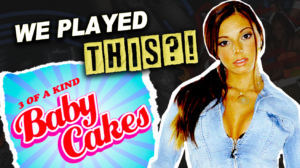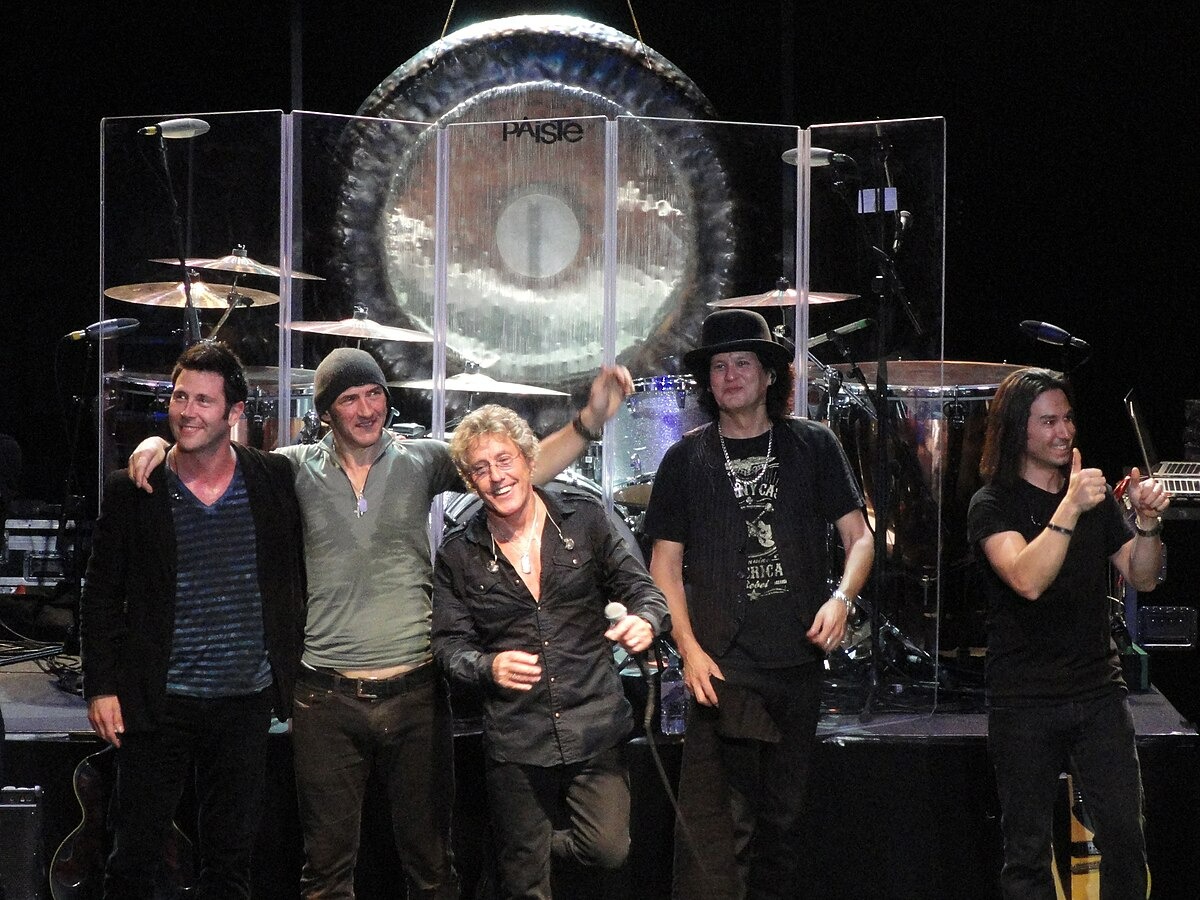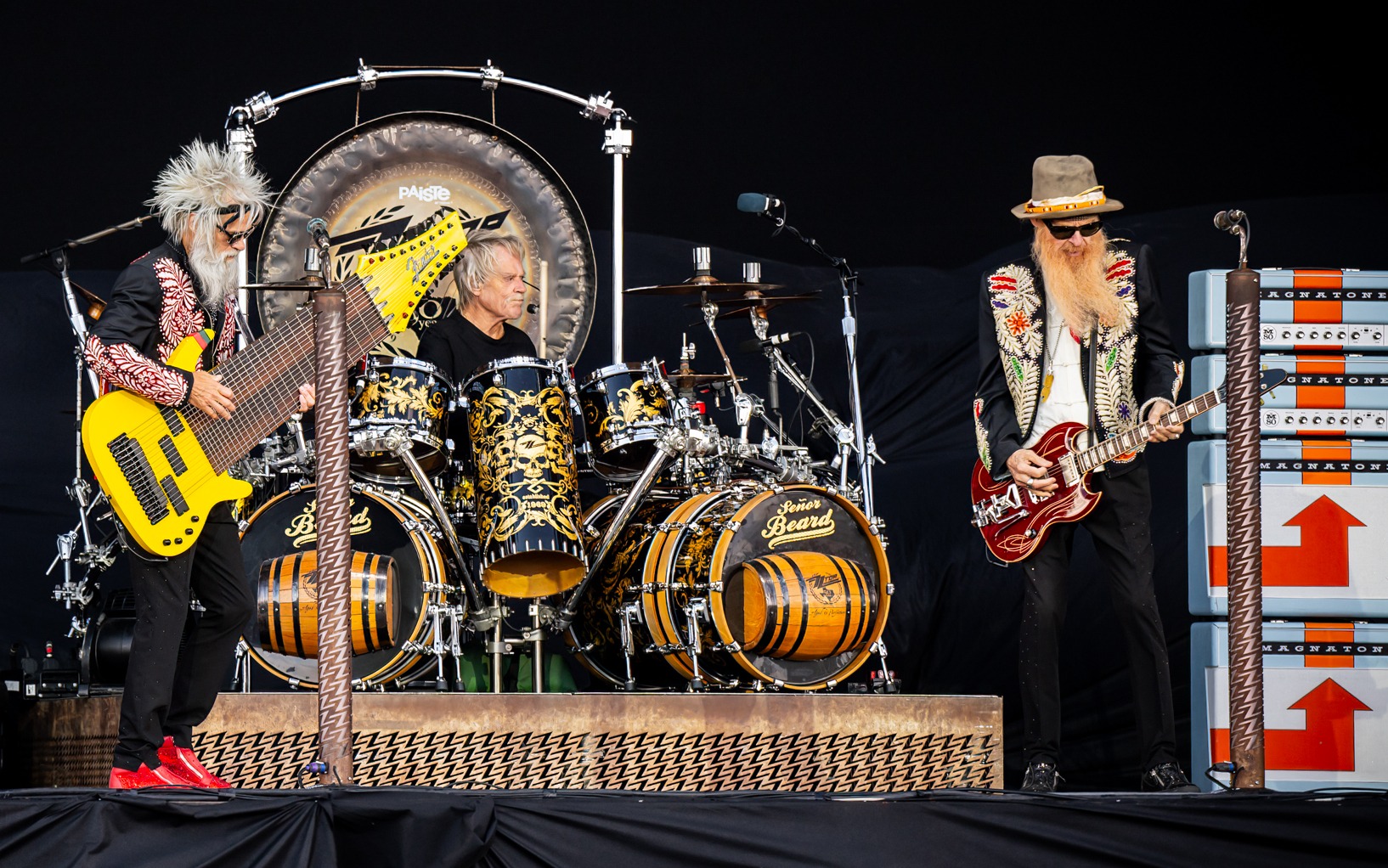
Like a cosmic sledgehammer, psychedelic rock crashed into the 1960s music scene, shattering conventional sonic boundaries. Far from being background noise for college dorm rooms, these revolutionary sounds served as audio dynamite for minds seeking escape from cultural conformity. Beyond merely playing on radios, these tracks fundamentally rewired how we think about music itself.
31. Magic Carpet Ride – Steppenwolf
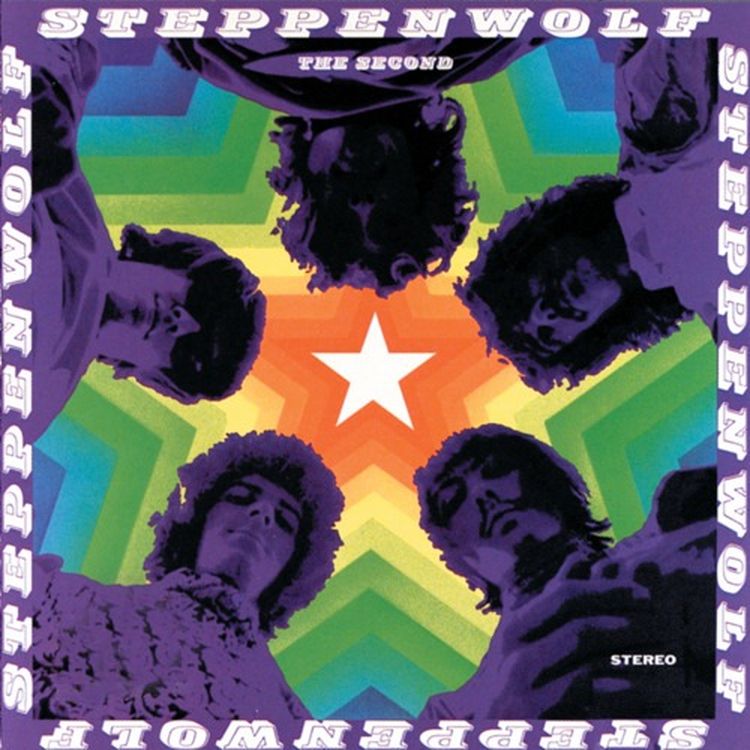
Released in 1968, “Magic Carpet Ride” gave listeners a preview of future rock, arriving like a time traveler with news from tomorrow. While everyone assumed it was about chemical escapism, the song actually explored how music itself could transport people to other dimensions – no substances required, just willing ears. The fuzzed-out guitar riff remains one of the dirtiest sounds ever committed to tape, created by pushing equipment so hard they literally sacrificed amplifiers in the process.
Steppenwolf knocked this track out during a 24-hour marathon that probably consumed enough coffee to float a battleship. It’s like the musical equivalent of a teleportation device, reminding everyone that sometimes the best escapes happen between headphones. The track continues inspiring listeners to seek transcendence in sound waves rather than the ordinary world that tries to box people into responsible adults.
30. Eight Miles High – The Byrds
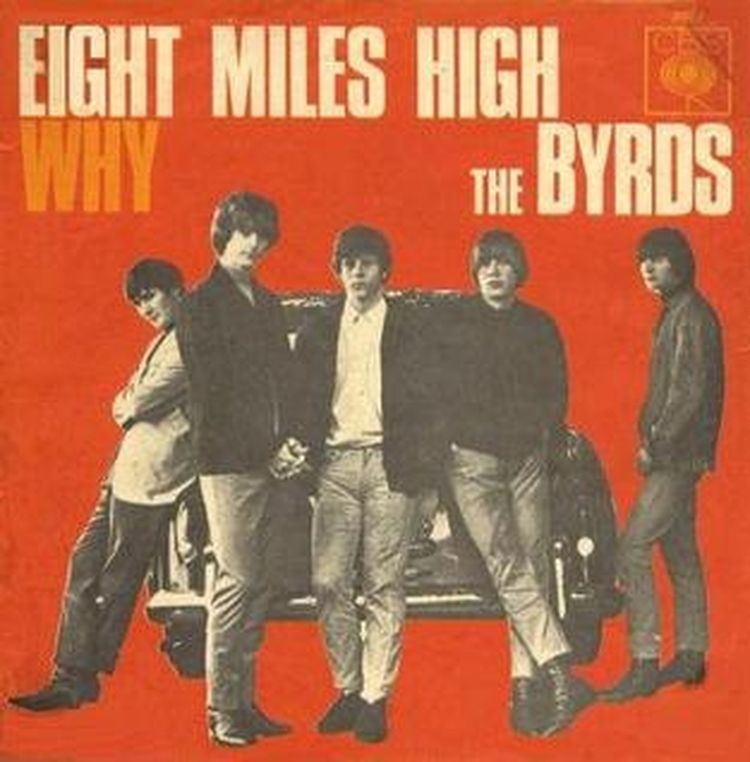
When guitar music moved with the danger of sedated kittens, The Byrds unleashed “Eight Miles High” in 1966, detonating expectations. Though the band insisted their composition described a London flight, radio executives practically clutched their pearls, banning the track with remarkable speed. Roger McGuinn crafted guitar work directly borrowing from jazz master John Coltrane, generating sounds that whirled through speakers like autumn leaves caught in a cyclone.
The groundbreaking track established foundations later exploited by Led Zeppelin and Metallica. Their lyrics subtly advocated for environmental awareness with desert sands imagery—remarkably progressive for mid-60s consciousness. The inevitable result of adult prohibition? Instant teenage obsession. Rather than following established musical guidelines, The Byrds metaphorically fed the rulebook into a document shredder and danced in the confetti.
29. Paint It Black – The Rolling Stones
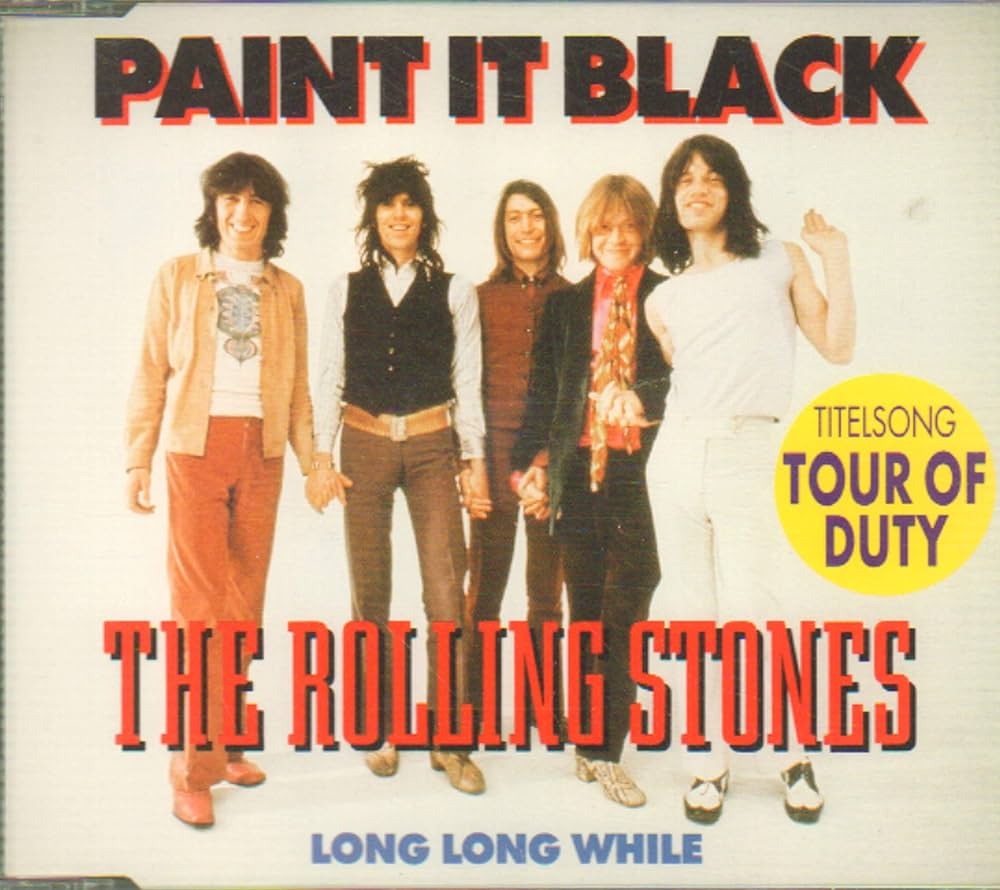
Grief metamorphosed into a visceral three-minute assault when The Rolling Stones unleashed “Paint It Black” in 1966. Brian Jones, immersed in his Eastern music exploration, introduced a sitar to rock – as culturally jarring as bringing an exotic zoo animal to a formal dinner party. The result? Haunting sounds that infiltrate the listener’s consciousness like an emotional splinter impossible to extract.
Darkness pervades the composition with lyrics somber enough to earn Wednesday Addams’ approval. The song resonated profoundly with youth navigating social turmoil, offering understanding amid chaos. Raw emotional intensity spread virally through music history, directly influencing punk and metal movements still years from conception. The Stones alchemically transformed personal anguish into beautiful danger – a creative formula rock musicians have attempted to replicate ever since.
28. Tomorrow Never Knows – The Beatles

Pop music underwent radical deconstruction when The Beatles crafted “Tomorrow Never Knows” in 1966, metaphorically tossing conventional structure into a blender with the Tibetan Book of Dead. Far from chasing radio-friendly catchiness, this composition aimed to fundamentally restructure consciousness. John Lennon’s vocals emerge as transmissions from parallel dimensions, thanks to a revolutionary spinning Leslie speaker that contorted his voice like malleable clay.
Mesmerizing listeners with innovative tape loops and percussion that defies linear time perception, the track stands as a testament to artistic daring. George Martin embraced their experimental vision rather than restraining it, acting as scientific enabler rather than cautious producer. Six decades later, the composition maintains futuristic qualities, appearing as anachronistic as discovering modern technology in ancient artifacts. This wasn’t merely another Beatles song—it represented a paradigm shift, drawing an uncrossable line between music’s past and future.
27. Shapes of Things – The Yardbirds
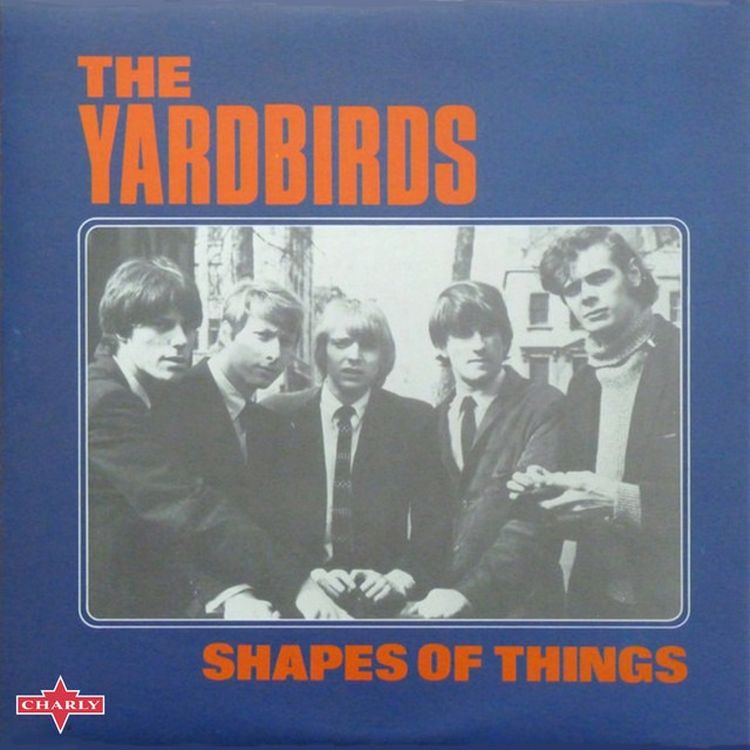
Musical evolution accelerated dramatically when The Yardbirds created “Shapes of Things” in 1966, functioning as patient zero for psychedelic guitar innovation. Jeff Beck transformed distortion and feedback from technical flaws into expressive weapons, pioneering the first genuinely mind-altering guitar solo that made previous techniques sound as compelling as elevator ambiance. Before this watershed moment, guitarists followed conventional patterns; afterward, the entire framework of acceptable sound disintegrated.
The band presciently addressed warfare and ecological concerns with lyrics that seem eerily prophetic given contemporary climate challenges. This groundbreaking composition established the fundamental blueprint that Led Zeppelin later developed into their signature sound. Remarkably, The Yardbirds never intended to revolutionize music history—they simply created sounds that felt authentic to their artistic vision. Sometimes cultural transformation emerges not from calculated strategy but from the freedom of operating without perceived limitations.
26. Psychotic Reaction – Count Five
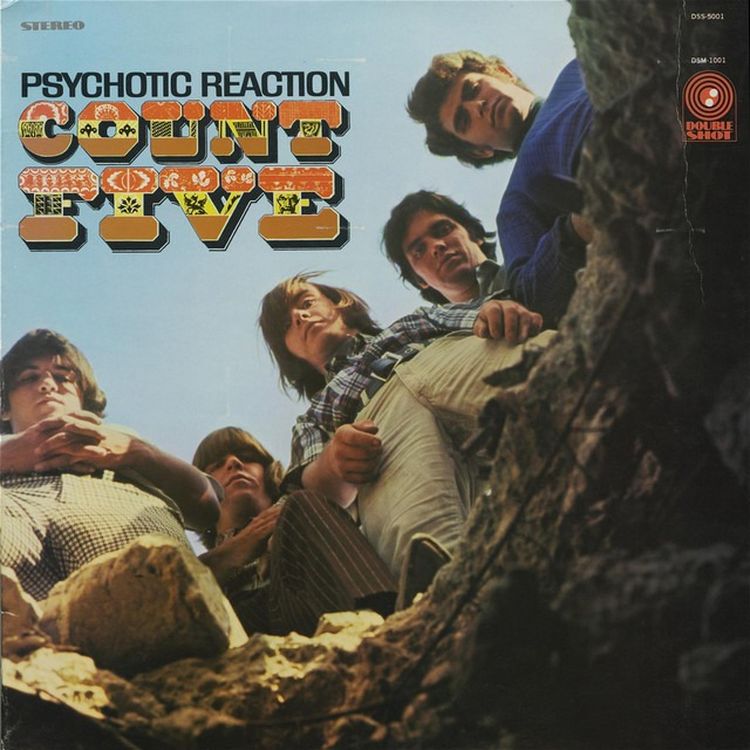
Accidental genius manifested when high school students with zero professional experience crafted “Psychotic Reaction” in 1966. These teenagers, not even intentionally forming a band, stumbled upon sonic gold during casual garage experimentation when their guitarist discovered a fuzzed-out riff that would permanently alter rock’s trajectory. The song’s title emerged serendipitously when a passing teacher described their chaotic sound as a “psychotic reaction”—instantly providing perfect marketing nomenclature.
Structurally adventurous, the composition jolts between rapidly shifting tempos with the unpredictability of electrical current, featuring a harmonica that demands attention like an emergency siren. Their sound transformed garage rock from amateur pastime into legitimate artistic expression. Their most ingenious marketing strategy? Fabricating British identities to enhance their credibility—pioneering the concept of “fake it till you make it” before the phrase entered common vocabulary. This landmark recording emerged simply because bored teenagers sought entertainment in suburban monotony.
25. I Had Too Much to Dream Last Night – The Electric Prunes

The Electric Prunes confronted music’s ultimate creative challenge in 1966: sonically representing that liminal space between consciousness and dreams where reality distorts and bends. Their groundbreaking solution revolutionized recording techniques. By capturing a guitar chord and reversing its playback, they created the disorienting audio spiral that opens the track—perfectly simulating the sensation of consciousness disconnecting from reality like an electrical plug being slowly withdrawn from its socket.
Behind this innovative sound lies an industry twist worthy of documentary treatment: the actual band minimally participated in the final recording. Producer Dave Hassinger, fresh from working with The Rolling Stones, essentially orchestrated the entire production from behind the curtain. This dreamlike composition subsequently became the influential blueprint that inspired experimental bands like The Flaming Lips and MGMT decades later. Paradoxically, some of music’s most influential creations emerge from artistic situations where the credited creators barely participated in the actual production process.
24. Incense and Peppermints – Strawberry Alarm Clock
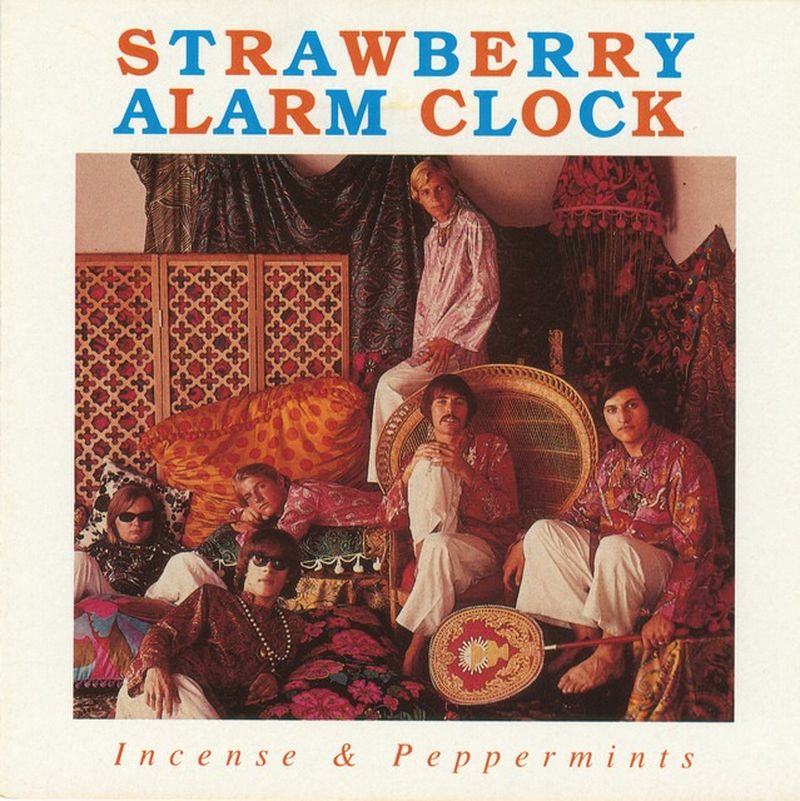
Released in 1967, “Incense and Peppermints” appeared when radio sounded about as adventurous as unseasoned chicken. Its swirling organ and hypnotic rhythm hit listeners’ ears like a surprise party for their brain. The song’s journey to fame reads like a rejected movie plot – all the actual band members refused to sing lead vocals (rock star logic at its finest).
Then came the plot twist: 16-year-old Greg Munford, just hanging in the studio like an extra in a film, stepped up and nailed the vocals in one take. The lyrics? Intentionally nonsensical word salad that perfectly matched the “what even is reality?” vibe of the era. The kicker? Despite being THE voice that made the song famous, Munford never officially joined the band. It’s like being the uncredited person who saves the Marvel universe – all the work, none of the action figure royalties.
23. Good Vibrations – The Beach Boys
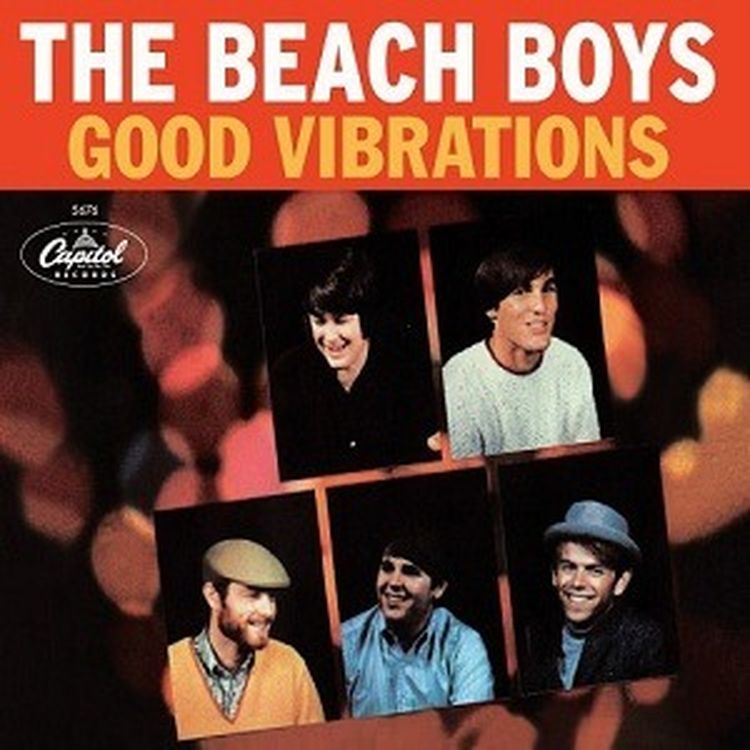
Obsessive perfectionism yielded musical transcendence when Brian Wilson invested 8 months and $50,000 in crafting “Good Vibrations” in 1966—a budget equivalent to purchasing a substantial residential property during that era. Wilson transcended conventional songwriting to construct a “pocket symphony” with distinct movements transitioning like cinematic scenes in a Christopher Nolan narrative, structurally more complex than anything previously attempted in popular music.
The Beach Boys generated an astonishing 90+ hours of recordings for this three-minute masterpiece—comparable to filming an entire epic trilogy for a short-form video. Ethereal harmonies, otherworldly theremin tones, and explosive refrains combine to create something more akin to extraterrestrial communication than conventional human musicianship. Wilson maintained that individuals emit actual vibrational energy, both positive and negative (blurring distinctions between musician and metaphysical theorist). His extraordinary dedication created pure musical euphoria that activates neurological pleasure centers with undiminished potency decades after bell-bottom jeans represented cutting-edge fashion.
22. See Emily Play – Pink Floyd
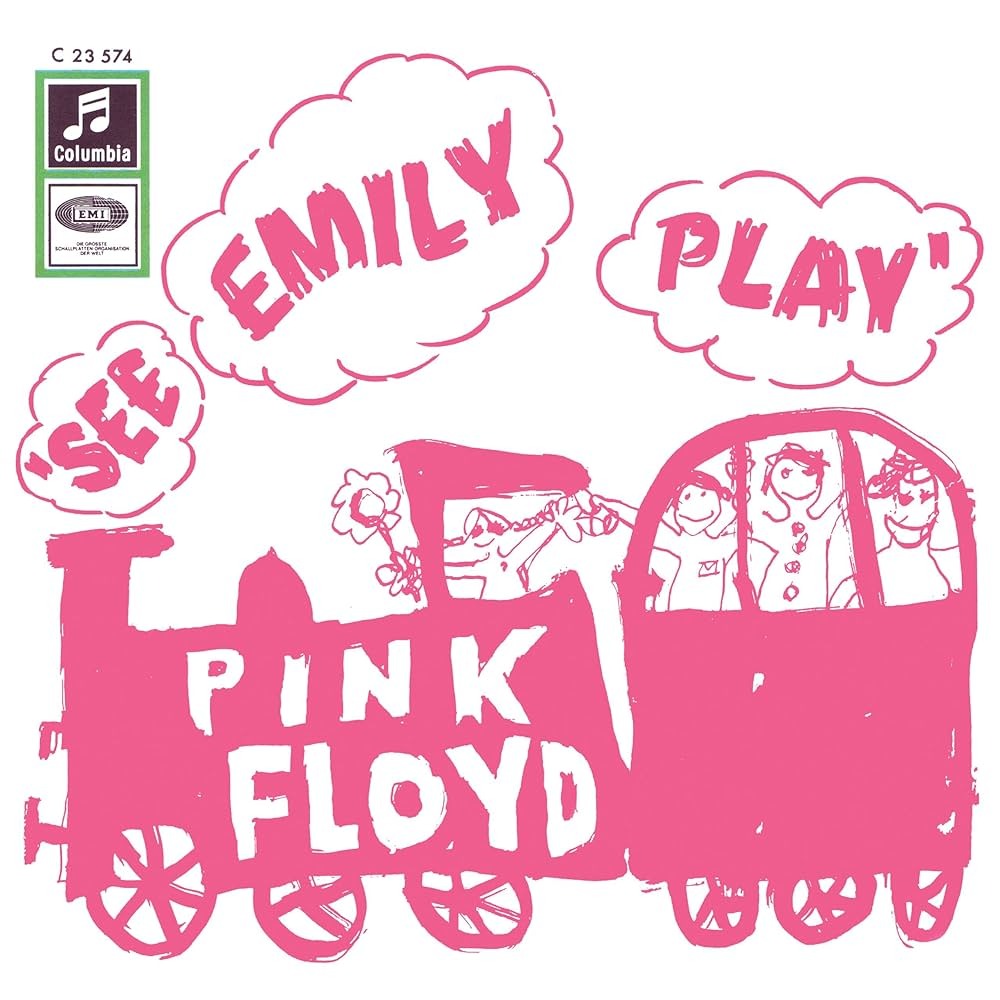
Syd Barrett’s simultaneous brilliance and impending psychological fragility crystallized perfectly in Pink Floyd’s “See Emily Play” in 1967. Barrett attributed the composition’s inspiration to a girl manifested during a drug-induced vision—the psychedelic era’s equivalent of citing an imaginary friend with complete conviction. The recording floats ethereally on spectral piano tones, wavering effects, and distorted laughter that made contemporaneous bands sound as adventurous as corporate training videos.
Barrett’s mental deterioration had already initiated its tragic trajectory—his escalating LSD consumption functioning less as creative catalyst and more as accelerant toward psychological breakdown. Within months following this release, he disappeared entirely from the band. The track now resonates like discovered footage of a brilliant star shortly before its catastrophic implosion—listeners simultaneously experiencing genius and its imminent disintegration. Years later, the band composed “Shine On You Crazy Diamond” as tribute to Barrett, rock music’s equivalent of commemorating a vanished star with celestial naming rights.
21. White Rabbit – Jefferson Airplane
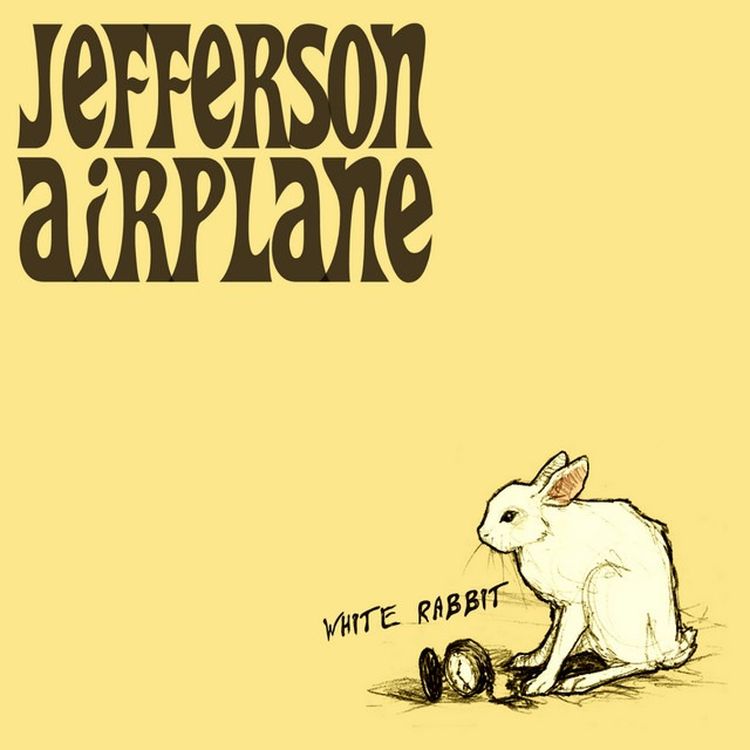
Children’s literature transformed into revolutionary manifesto when Jefferson Airplane unveiled “White Rabbit” in 1967. Grace Slick ingeniously exposed “Alice in Wonderland” as the perfect allegorical trip report hiding in plain sight within literary classics. The composition employs masterful tension-building, beginning with deceptive gentleness before climbing inexorably toward its inevitable crescendo like a predatory cat stalking prey.
The song’s distinctive Spanish bolero rhythm creates simultaneous invitation and menace, comparable to being beckoned into a garden of both extraordinary beauty and hidden dangers. Slick delivers the explosive climactic line about feeding one’s head with authoritative command that renders listeners willingly spellbound. Radio programmers frantically attempted censorship, moving with the urgency of parents discovering contraband, but cultural momentum had already established complete victory—teenagers memorized every syllable, adopting the song as battle anthem for a generation rejecting inherited social constraints.
20. Somebody to Love – Jefferson Airplane

The cultural phenomenon known as the Summer of Love found its definitive anthem in Jefferson Airplane’s “Somebody to Love” in 1967. Grace Slick deployed her voice not merely as singing instrument but as sonic battering ram. She elevated potentially forgettable rock material into revolutionary proclamation that seizes listeners’ attention with the inescapable urgency of emergency broadcast alerts.
Beneath the energetic surface composition lies darker thematic currents exploring paranoia and betrayal—structurally resembling beautiful confectionery concealing razor-sharp metal. The central message cuts with surgical precision: authentic connection represents humanity’s fundamental need, without which emptiness and fragmentation inevitably follow. Slick’s commanding vocal performance immediately achieved iconic status, perfectly embodying an entire generation’s questioning spirit. The composition doesn’t politely request attention—it demands engagement with absolute authority, like someone possessing fundamental truths about human existence.
19. Light My Fire – The Doors
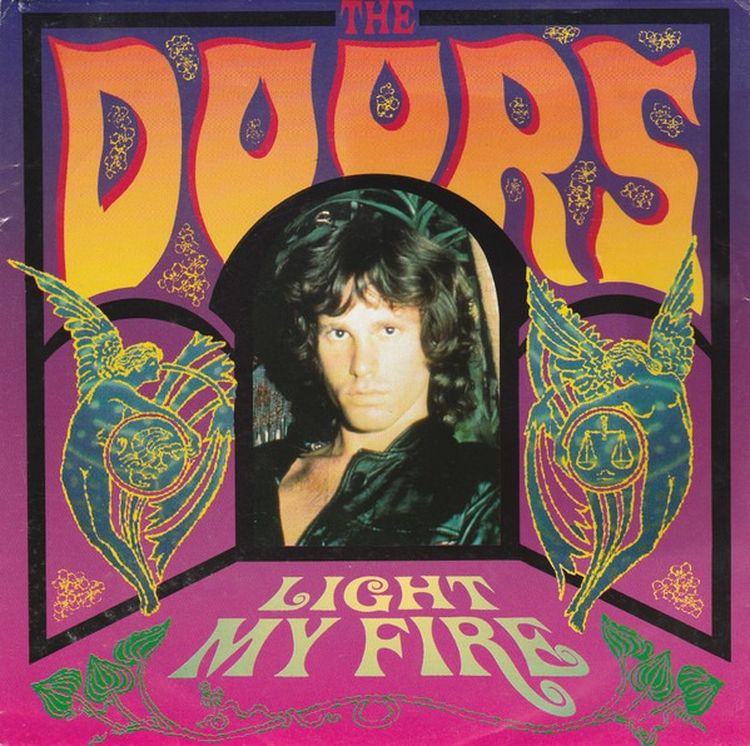
Conventional social norms dissolved like sugar in hot coffee when The Doors introduced “Light My Fire” in 1967, transporting listeners to smoke-hazed underground venues of countercultural revolution. Jim Morrison’s hypnotic baritone resonated with dangerous allure while Robbie Krieger’s foundational melody expanded into a seven-minute exploration featuring Ray Manzarek’s organ solo spiraling through itself like an audio Möbius strip.
Television network executives demanded sanitized lyrics for their Ed Sullivan Show appearance, but Morrison responded with deliberate rebellion—emphasizing the word “higher” during live broadcast with the calculated defiance of an adolescent maintaining direct eye contact while violating household rules. Their permanent banishment from the program functioned more effectively than expensive publicity campaigns could purchase. The band’s absolute rejection of mainstream American sensibilities transformed their composition into rallying cry for anyone desiring to dismantle established order. Sometimes strategic expulsion from conventional institutions represents the ultimate assertion of cultural power.
18. Strawberry Fields Forever – The Beatles
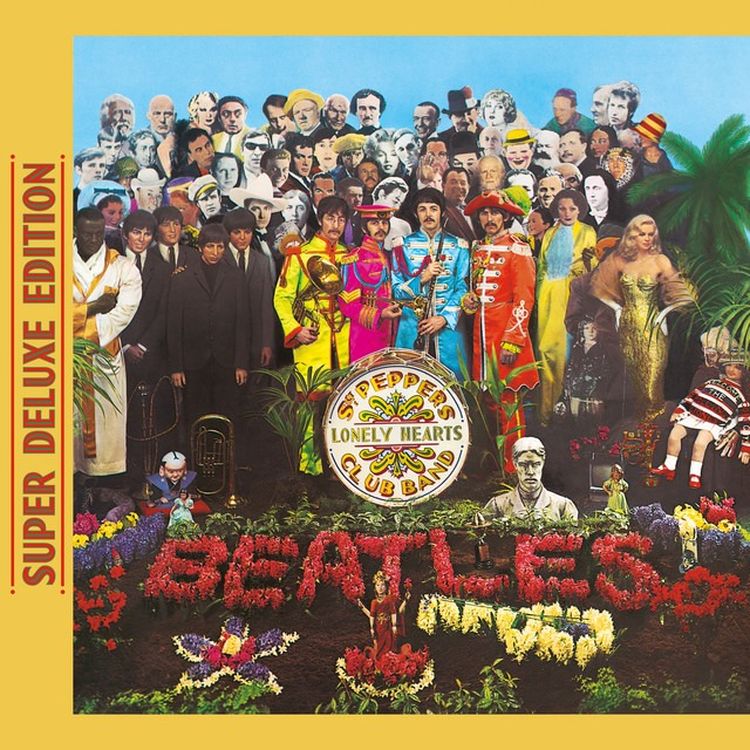
Released in 1967, “Strawberry Fields Forever” sounds like trying to remember a dream while it evaporates with morning light. Lennon pulled inspiration from a real childhood spot – the garden of a Salvation Army children’s home called Strawberry Field where he used to play. Its haunting orchestration, backward instruments, and time signatures that seem allergic to consistency make it feel more like intercepted alien communication than pop music.
The song’s distinctive structure shows the Beatles at their most experimental phase, blending different sounds and recording techniques to create something truly innovative. Some fans swear they hear Lennon whispering something sinister when the ending plays backward, launching countless dorm room listening sessions. This song works like a musical Rorschach test – revealing different secrets each time one listens, as if the track itself is alive and evolving decades after its creation. No wonder psychedelic rock playlists often start here.
17. Hurdy Gurdy Man – Donovan
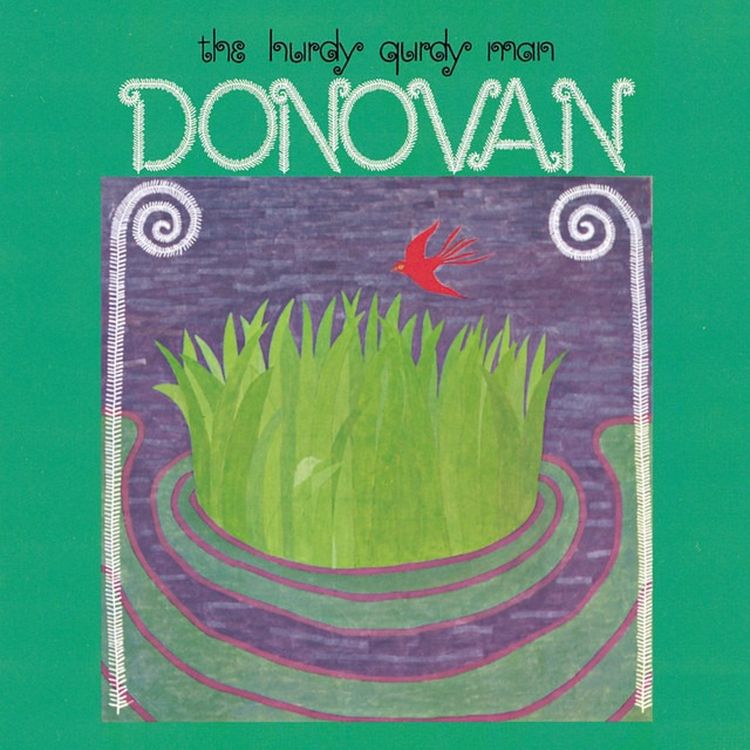
Released in 1968, “Hurdy Gurdy Man” feels less written and more summoned – as if Donovan simply held up an antenna and captured signals from the cosmic beyond. With droning guitars and lyrics cryptic enough to keep Reddit threads busy for decades, the song pulls you into a trance state that feels both ancient and futuristic at once.
Donovan originally wrote it for Jimi Hendrix but had second thoughts – like gifting someone a magic lamp then realizing you should probably keep those wishes for yourself. His vocals float like a medieval monk who somehow time-traveled to a rock studio. The piercing guitar work slices through the atmospheric fog like headlights cutting through dense mist. Donovan later claimed the song came from an actual vision of an enlightened being – which sounds exactly like the kind of thing you’d say in 1968, but listening to the track, you might just believe him.
16. Paper Sun – Traffic
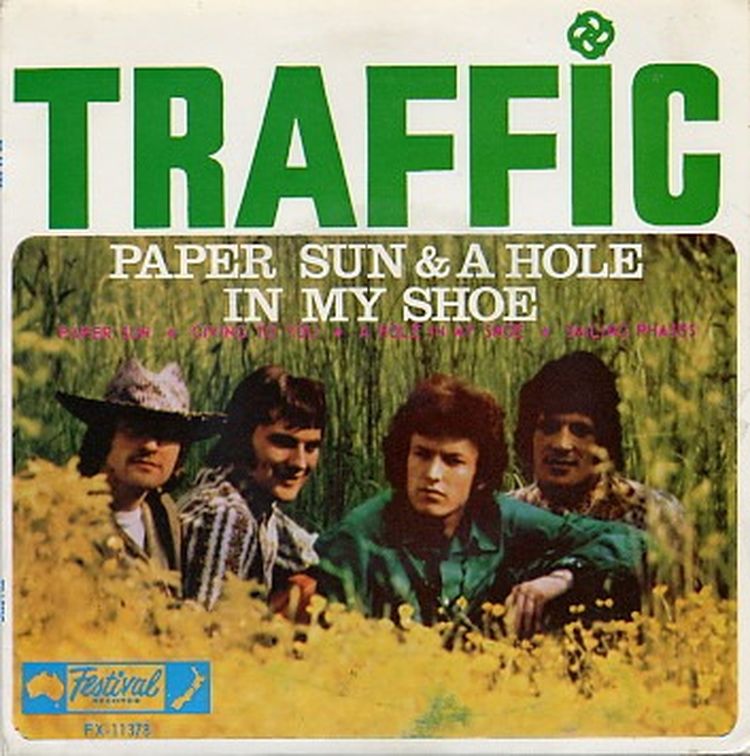
Released in 1967, “Paper Sun” brought British psychedelia to listeners unprepared for what was about to hit their unsuspecting eardrums. Listen closely and you’ll realize the title isn’t just poetic imagery – it’s stealth code for LSD blotter paper, hiding in plain sight like Clark Kent’s glasses. The swirling sitar, hypnotic drums, and vocals that seem to float six inches above the track create the perfect psychedelic storm.
The band incorporated Indian instruments at a time when Western rock was just beginning to explore Eastern sounds. The most impressive feat? They captured this complex musical tapestry in just one 8-hour session – about the time it takes most modern bands to decide on their Instagram filter. The song tells the story of a chemical journey gone wrong without ever directly saying so, like explaining a car crash entirely through metaphor. It stands as British psychedelia’s perfect calling card – inventive, adventurous, and slightly dangerous.
14. Fresh Garbage – Spirit

Released in 1968, “Fresh Garbage” tackled environmental issues while other bands were busy singing about love and flowers – it was like bringing a TED Talk to a keg party. Spirit created what might be the world’s funkiest protest song about literal trash, fusing jazz, blues, and experimental rock into something that made brains work while bodies couldn’t help but move.
The hypnotic groove pulls listeners in while the lyrics warn about throwaway culture with the subtlety of a recycling bin to the head. What makes this track truly special? Its message about environmental destruction feels more urgent in plastic-choked 2025 than when they recorded it. Sometimes it takes fifty years for a warning to be heard – by then society is swimming in the garbage they predicted.
13. Sunshine of Your Love – Cream
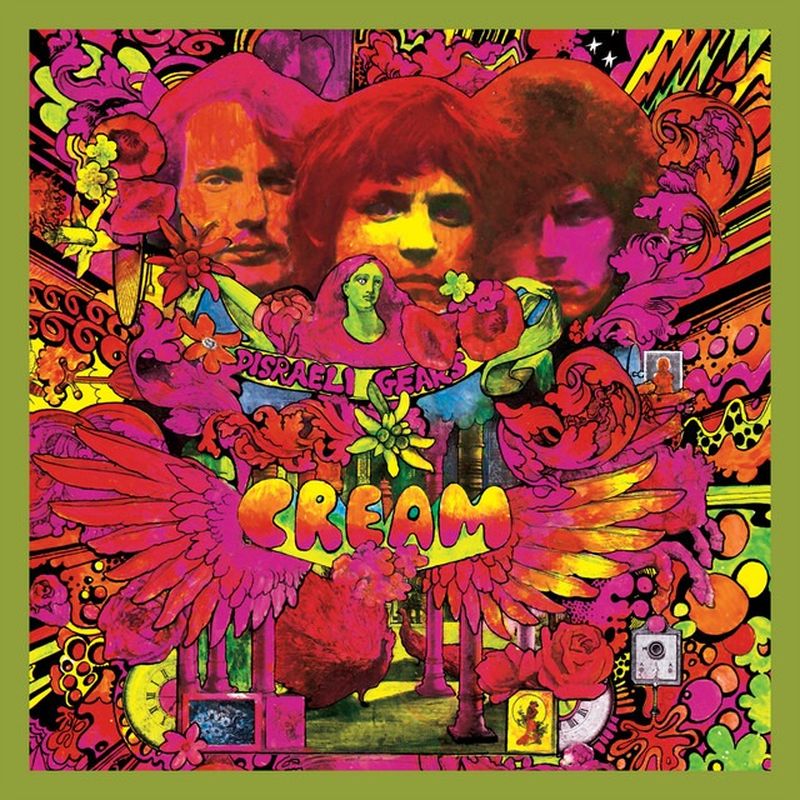
Released in 1967, “Sunshine of Your Love” started with the musical equivalent of a lightning strike. Jack Bruce caught Hendrix live and went home so inspired he immediately wrote the bassline that would launch a thousand guitar lessons. Eric Clapton’s guitar weaves through the mix like smoke signals, creating a sound that made everything before it feel primitive in comparison.
Add Ginger Baker’s distinctive drumming, and you’ve got yourself the DNA test that would later confirm parentage of hard rock, heavy metal, and blues rock. Radio stations initially clutched their pearls and refused to play it – apparently thinking it might cause spontaneous dancing or worse. Their rebellion backfired spectacularly. Hendrix himself paid the ultimate compliment by covering the song at his next show, the musical equivalent of Michael Jordan wearing your signature sneakers. The track remains the gateway drug that turns casual music fans into lifelong guitar obsessives.
12. Green Tambourine – The Lemon Pipers
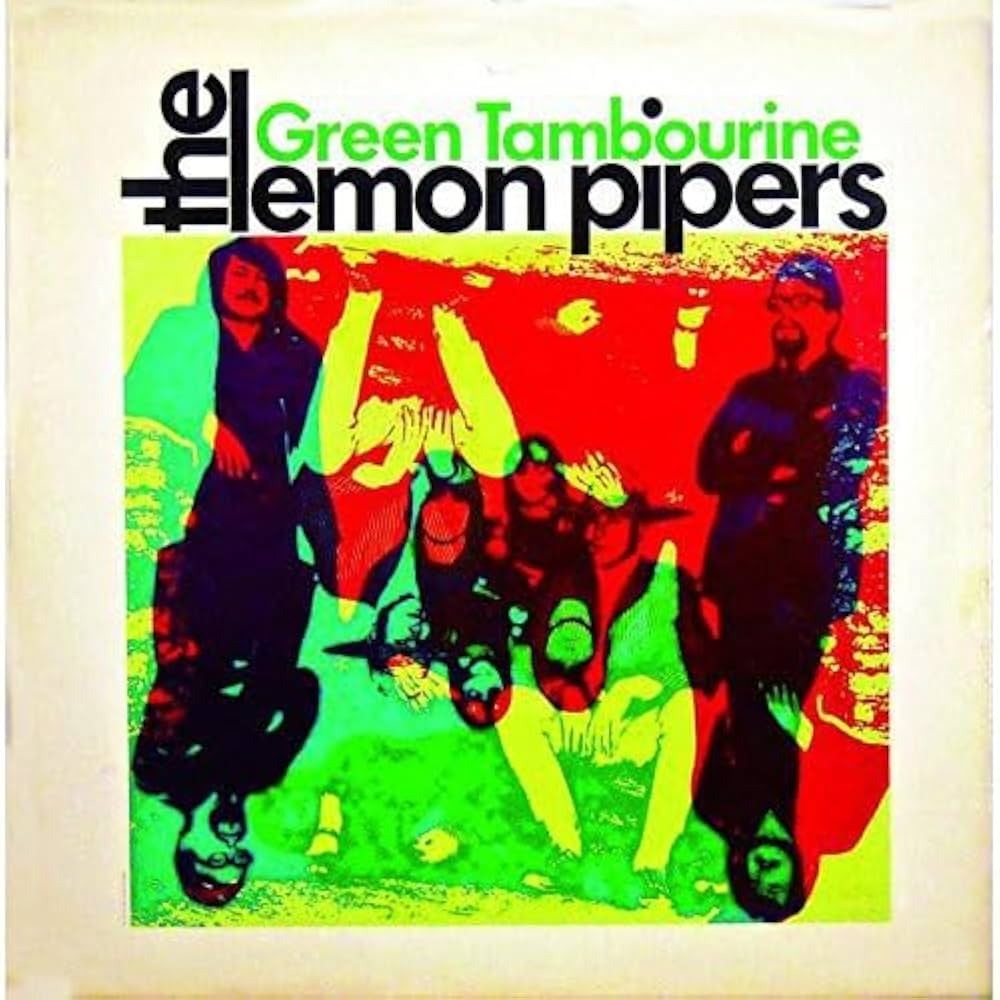
Released in 1967, “Green Tambourine” brought Eastern sounds into Western rock like a cultural exchange program nobody signed up for but everybody benefited from. The electric sitar gives the track its distinctive flavor in an era where experimentation was becoming the expectation. The Lemon Pipers were a struggling band who dreamed of hard rock stardom but instead found themselves playing psychedelic pop against their will – rock’s version of being forced to wear a suit to a job interview when you’re a jeans-and-t-shirt person.
The lyrics draw inspiration from street musicians begging for cash, though the bubblegum melody strategically disguises the desperation. The song gained massive popularity despite the band’s preference for harder-edged material. The Pipers’ story serves as a cautionary tale about the music industry – sometimes your biggest success feels furthest from your artistic vision. Their reluctant hit outlived the band itself, proving that art sometimes takes on a life of its own beyond its creators’ intentions.
11. Time Has Come Today – The Chambers Brothers
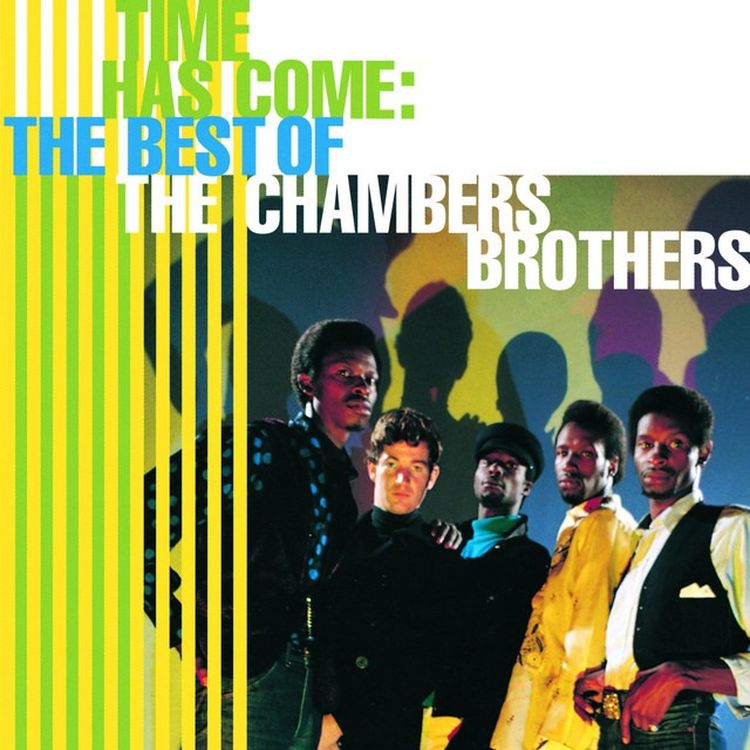
Released in 1967, “Time Has Come Today” shattered rules like a bull in a china shop wearing tap shoes. The Chambers Brothers were among the first Black bands in psychedelic rock, defying an industry that tried to sort musicians into neat little racial boxes. Their 11-minute sonic journey was radio’s worst nightmare – stations typically treated anything over 3 minutes like it had an infectious disease.
The hypnotic ticking clock and echoing shouts created a soundscape that made program directors nervous enough to initially reject it. Their excuse? That the rebellious sound might spark riots during protest marches (because apparently music controls humans like Ratatouille’s rat pulling hair). Years later, when the establishment finally caught up to their vision, the song found recognition as the counterculture anthem it always was. Sometimes the most revolutionary art comes from those forced to create outside the system – their outsider perspective becoming their superpower.
10. Pictures of Matchstick Men – Status Quo

Released in 1968, “Pictures of Matchstick Men” proves that genius strikes in the most unglamorous places. The band’s frontman conceived the opening guitar riff – which spirals like a never-ending staircase designed by M.C. Escher – while sitting on the toilet. This moment of bathroom brilliance created one of psychedelia’s most recognizable intros, making it the most productive restroom break in rock history.
The swirling phased-out guitar effect mimics that floaty feeling when the brain temporarily disconnects from reality, like the audio version of those Magic Eye pictures that were everywhere in the 90s. This psychedelic gem defined their early sound before the band pivoted to blues-driven rock and built their career in a completely different direction. Status Quo later became known for an entirely different style, but this singular psychedelic masterpiece remains their calling card – proof that sometimes the first creative impulse ends up being the most enduring, no matter where inspiration struck.
9. All Along the Watchtower – The Jimi Hendrix Experience
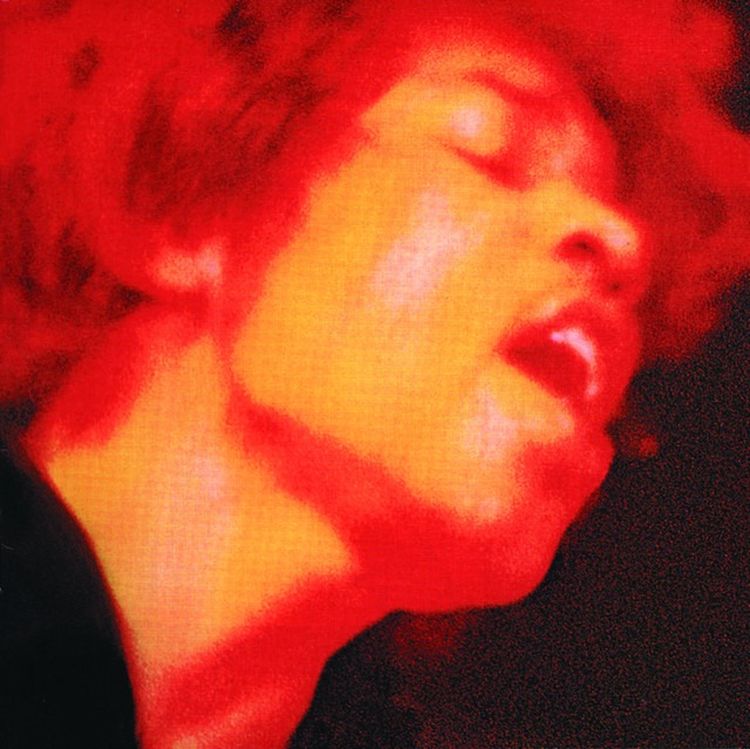
Released in 1968, “All Along the Watchtower” delivered the rarest achievement in music – a cover that so thoroughly reimagines the original that it becomes the definitive version. Bob Dylan wrote it as a folk-rock ballad, but Hendrix transformed it into a cosmic explosion that makes the universe seem small by comparison. It’s like someone turning Hamlet from a play into a blockbuster movie that makes everyone forget Shakespeare wrote it first.
Each guitar solo showcases why Hendrix remains the standard against which all guitarists measure themselves – the Michael Jordan of the six-string. He recorded more than 27 takes, showing the perfectionism that separated genius from merely talented. The result was so definitive that even Dylan acknowledged he was playing Hendrix’s version when he performed it live after that. In this apocalyptic landscape Hendrix creates, reality shifts like sand in an hourglass. The song stands as the ultimate example of how interpretation can sometimes transcend creation – when the cover artist discovers something in the material even its creator didn’t fully see.
8. White Room – Cream
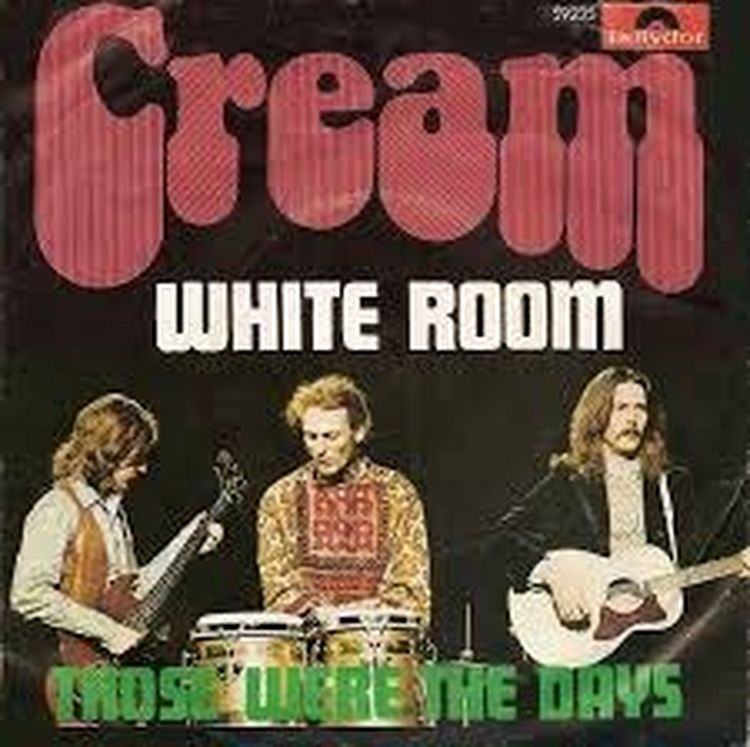
Released in 1968, “White Room” captures isolation with the precision of a therapist who’s actually listening to you. Inspired by a lonely night in an empty apartment, the song recreates that feeling when the world simultaneously overwhelms and abandons you – like being lost in a crowded mall as a kid, but with existential implications.
Eric Clapton’s legendary wah-wah guitar solo speaks emotional volumes without saying a word, like the instrumental version of that scene in every drama where the protagonist finally breaks down. The haunting lyrics describe being trapped in empty whiteness, lost in time, unable to escape your own thoughts – it’s basically social anxiety set to music. Their producer initially hated it, proving that sometimes the people closest to genius are the last to recognize it. The song builds like a thunderstorm gathering strength before dissipating back into uneasy silence. “White Room” captures both the beauty and despair of human existence in five minutes that feel both too long and not long enough – just like life itself.
7. In-A-Gadda-Da-Vida – Iron Butterfly
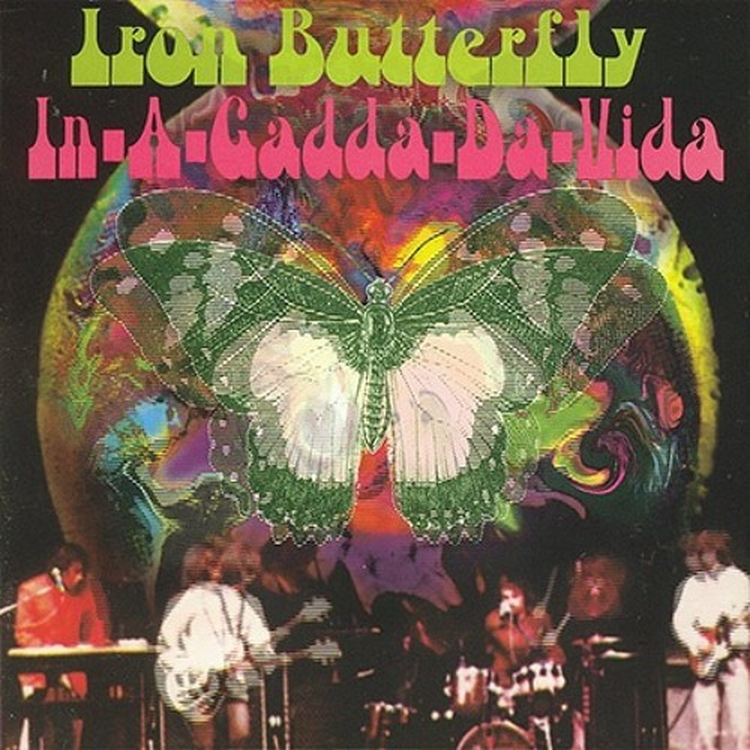
Released in 1968, “In-A-Gadda-Da-Vida” dominated an entire side of vinyl at a marathon 17 minutes – the song equivalent of bringing a novel to a tweet fight. The track’s name emerged from a drunken recording session where the lead singer slurred “In the Garden of Eden” so badly that the garbled version stuck, making it rock’s most famous case of failing upward.
The hypnotic drum solo, eerie organ, and otherworldly guitar created something that made conventional songs feel like musical haikus by comparison. Radio stations predictably chopped it down to size, but dedicated fans sought the full experience like moviegoers insisting on the director’s cut. At Woodstock, DJs discovered its trance-inducing effect on crowds and played it on repeat between sets – turning it into the psychedelic equivalent of musical wallpaper. This accidental epic redefined what rock songs could be, proving that sometimes the musical journey matters more than the destination, especially when nobody’s totally sure where they’re going in the first place.
6. Crimson and Clover – Tommy James and the Shondells
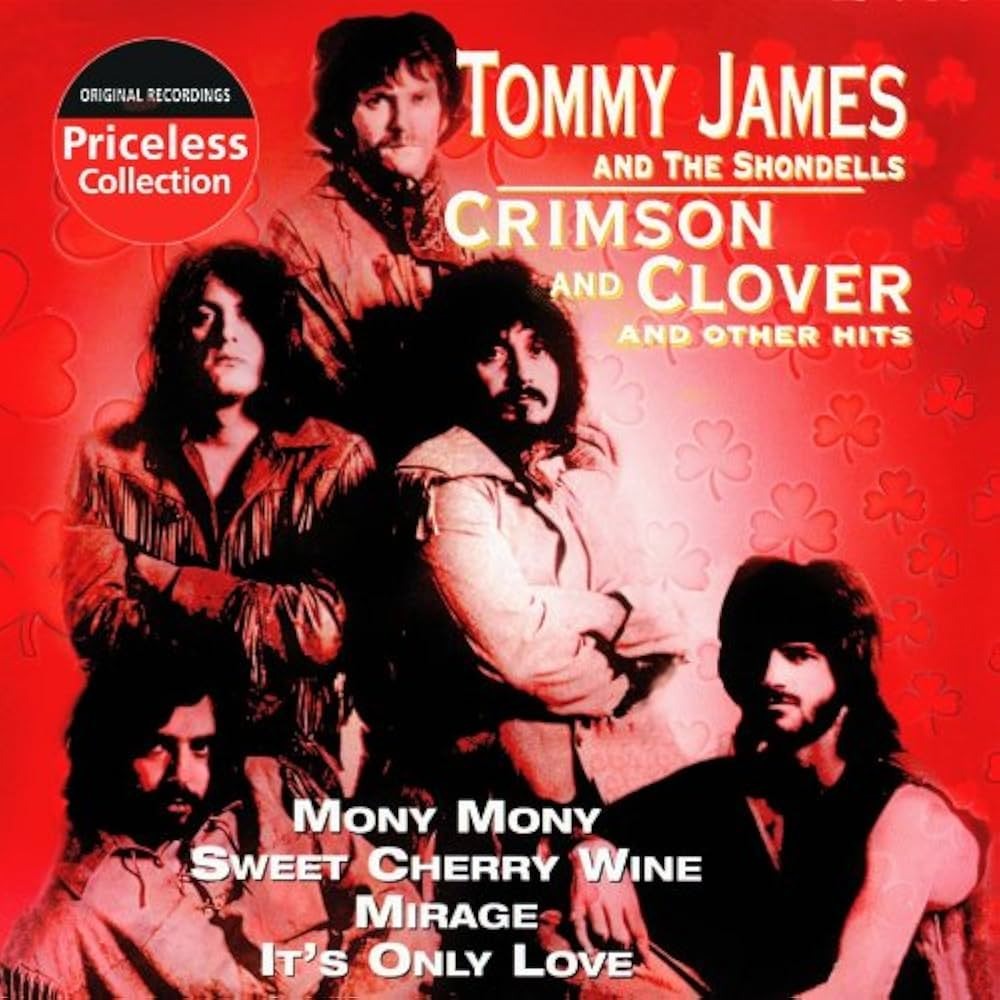
Released in 1968, “Crimson and Clover” demonstrates how happy accidents can create magic that deliberate planning never could – like Columbus stumbling onto America while looking for India, but with better results for everyone involved. Tommy James and his band were planning to record something completely different when they stumbled upon an effect that made his voice melt into the music like ice cream on hot pavement.
This dreamy, tremolo-drenched vocal technique became one of rock’s first experiments with electronic voice manipulation, creating a sense of unreality perfect for capturing altered states. Before they could polish it to perfection, a radio DJ somehow got hold of their rough mix and started playing it – the 1960s version of your private Spotify playlist accidentally going public. Rather than fight the leak, James embraced the imperfection, releasing the unfinished version to the world. Sometimes raw authenticity trumps technical perfection, a lesson the auto-tune generation could stand to learn. The most beautiful art often happens when you color outside the lines or, in this case, when your work escapes before you’ve decided it’s finished.
5. A Whiter Shade of Pale – Procol Harum

Released in 1967, “A Whiter Shade of Pale” haunts listeners with its ghostly organ melody borrowed from classical composer Bach – like someone sneaking into a museum after hours and turning a Renaissance painting into a rock concert. This fusion of classical structure with psychedelic sensibility creates something both eerily familiar and completely alien, like déjà vu in musical form.
The cryptic lyrics read like poetry written in a dream language, inviting endless interpretation – is it about lost love? A spiritual awakening? That weird feeling when you’re at a party and suddenly feel disconnected from everyone? In a twist that would make any modern PR team’s jaw drop, this song was literally the band’s first performance ever – they had never played live before releasing this track. The gamble paid off spectacularly. The song has since become a staple at funerals and memorial services, its ethereal quality providing the perfect soundtrack for contemplating mortality. Not bad for a debut from a band that hadn’t even figured out their stage presence yet.
4. Maggot Brain – Funkadelic
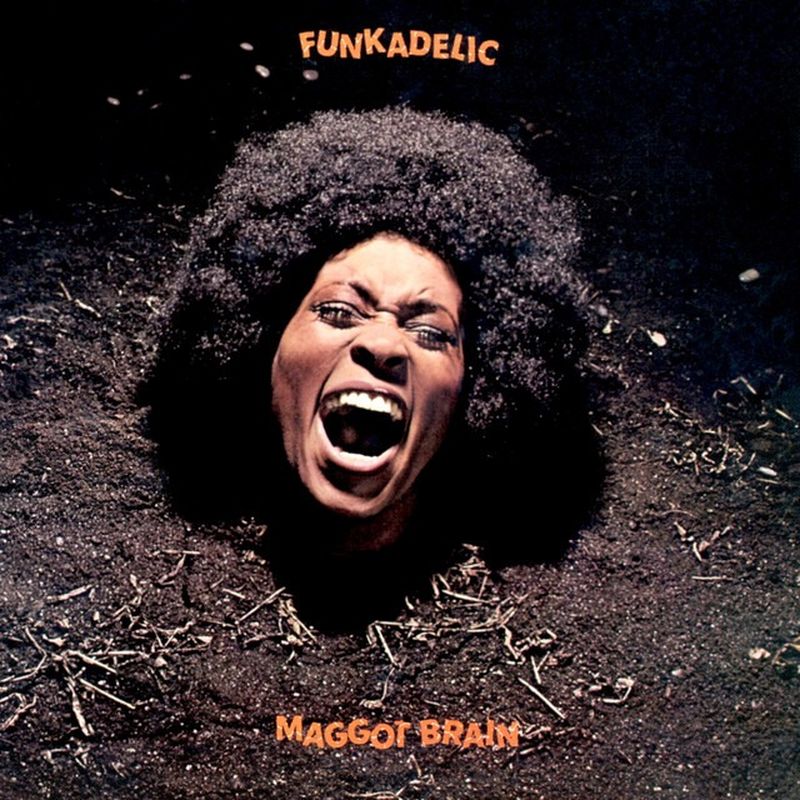
Released in 1971, “Maggot Brain” proves that raw emotion can be channeled through six strings. Producer George Clinton told guitarist Eddie Hazel to play as if he had just learned his mother died, then discovered she was actually alive. The resulting solo contains grief, pain, and transcendence in equal measure. Clinton muted everything else in the mix, leaving just the guitar against a cosmic backdrop. The result is one of the most emotionally resonant instrumentals ever recorded, blurring the lines between psychedelic rock, funk, and something entirely new. Few pieces of music can take listeners on such an intense emotional journey without saying a single word.
3. Lucy in the Sky with Diamonds – The Beatles
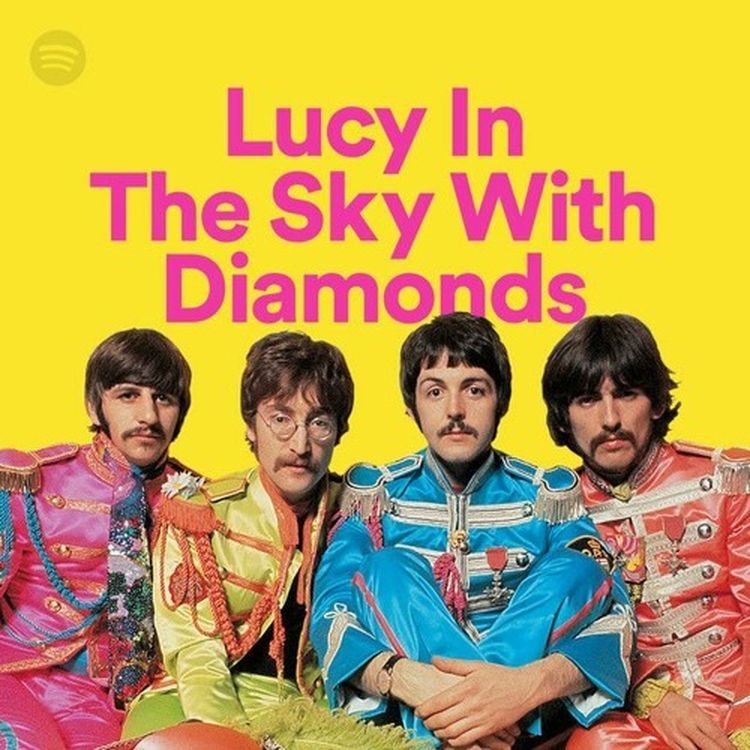
Released in 1967, “Lucy in the Sky with Diamonds” generated more controversy from its title alone than most bands create in their entire careers. John Lennon insisted it was inspired by his son Julian’s drawing, but nobody missed that the first letters spelled “LSD” – rock’s most famous “coincidence” since, well, ever. It’s like naming a pet “Cool Amazing Taco” and claiming the acronym went unnoticed.
The song’s shifting time signatures, surreal lyrics about tangerine trees and marmalade skies, and hypnotic melody create a dreamscape that pulls listeners into another reality without a return ticket. The BBC banned it anyway, which worked about as well as putting a “Do Not Press” sign on a big red button. Whether intentional or not (wink, wink), the song became psychedelia’s unofficial anthem, showing how music could transport listeners to alternate dimensions without requiring anything stronger than vinyl and speakers. It remains the perfect sonic snapshot of an era when reality’s boundaries seemed as optional as following conventional career advice.
2. Purple Haze – The Jimi Hendrix Experience
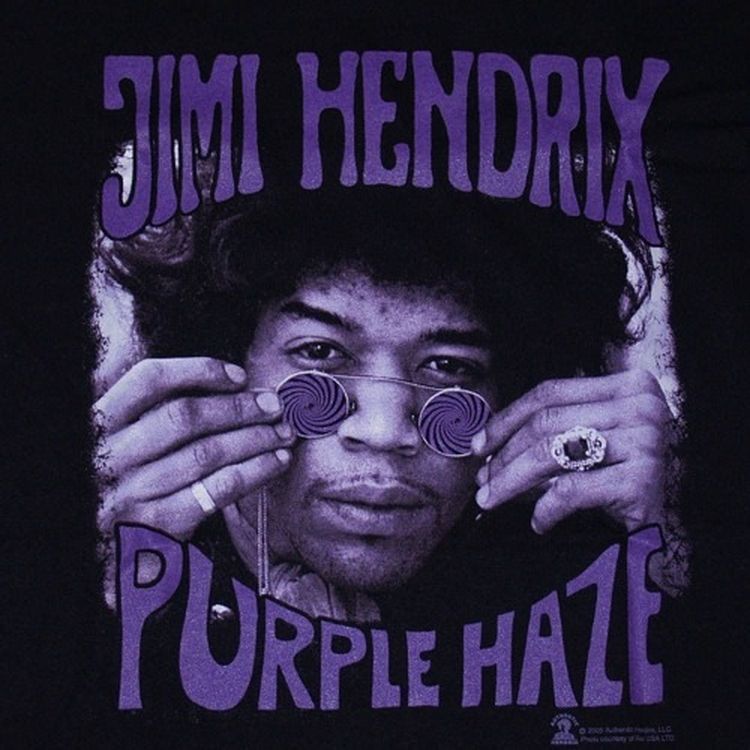
Released in 1967, “Purple Haze” isn’t just a song – it’s a declaration that rock music had officially entered its evolutionary next phase, like when fish first crawled onto land. The opening guitar riff alone signaled a fundamental shift in music’s DNA – from this moment forward, everything would be measured as “before Hendrix” or “after Hendrix.” That’s not hyperbole; that’s just history.
The lyrics, including the famous line about kissing the sky (which many heard differently), fueled endless speculation about chemical influences, though Hendrix claimed inspiration came from a dream about being underwater. His revolutionary use of distortion and feedback transformed guitar playing from a skill into an art form, influencing generations of musicians who still struggle to capture his lightning. When his label tried pressuring him to shorten the spacey middle section to make it more radio-friendly, Hendrix refused to compromise his vision – because true revolutionaries don’t take editing suggestions from the establishment. The song remains as mind-altering today as when it first scrambled brains in 1967.
1. Are You Experienced? – The Jimi Hendrix Experience

Released in 1967, “Are You Experienced?” takes listeners on a journey through dimensions normal music doesn’t acknowledge exist – like if Doctor Strange designed a roller coaster specifically for ears. Backward guitar tracks, spoken vocals that seem to materialize from the ether, and drums that follow their own internal logic create the sensation of reality unraveling like a sweater caught on a nail.
Hendrix used the recording studio as an instrument itself, flipping entire sections backward to achieve sounds impossible to create through conventional means. True story: some particularly dedicated listeners claimed that playing the song on repeat induced hallucinations without chemicals, making it the ultimate mind-hack for the budget-conscious psychonaut. Most impressive of all, Hendrix recorded this reality-bending masterpiece in just one session, demonstrating that preparation and vision sometimes trump endless tinkering. The title poses a question that the music itself answers with such definitive force that no verbal response is necessary – once heard, one is experienced.





